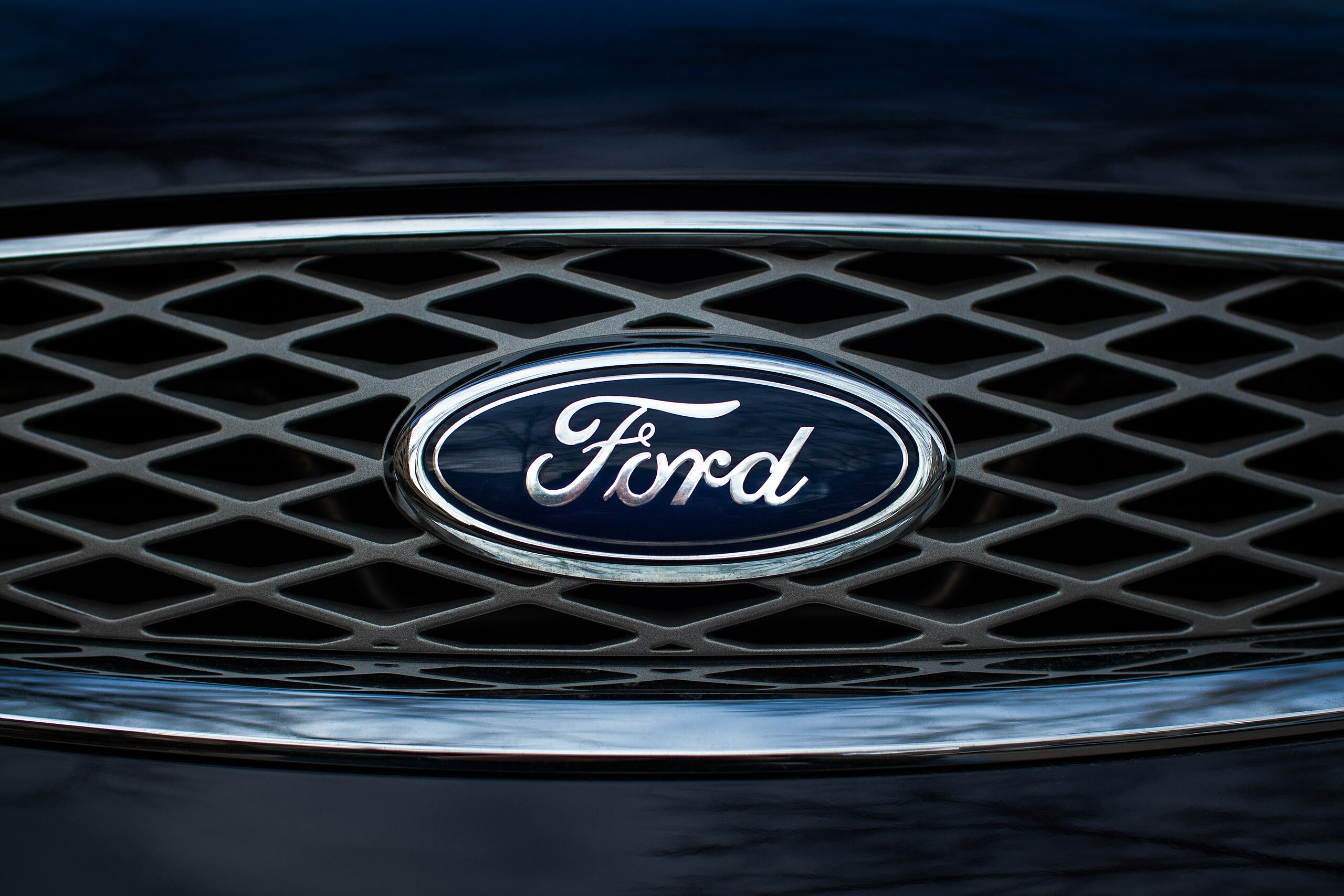The 1990s automotive landscape was littered with bold experiments that crashed harder than a Windows 95 update. While everyone remembers the Civic Si and Toyota Supra, the decade’s most fascinating stories belong to the cars that vanished without a trace. These forgotten machines represent automotive ambition meeting market reality—sometimes spectacularly, sometimes tragically, but always memorably. From microscopic SUVs to supercar fever dreams, these ten vehicles prove that failure can be far more interesting than success.
10. Suzuki X-90 (Exterior)
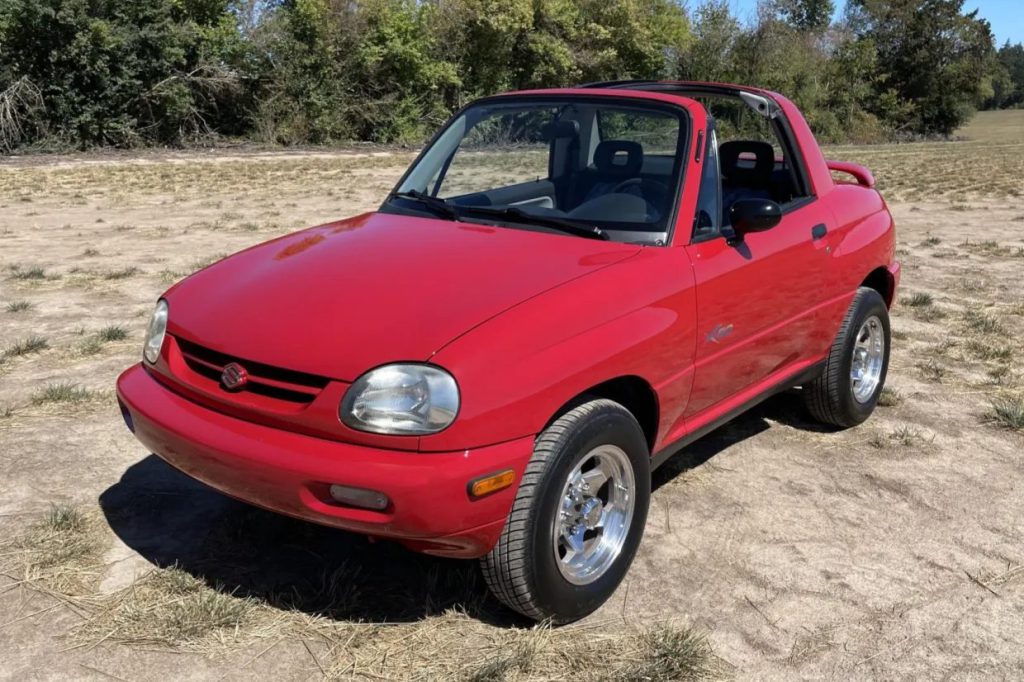
The micro-SUV that looked like a golf cart having an identity crisis.
Picture a vehicle designed by someone who’d never seen an SUV but had it described to them over a bad phone connection. The X-90 was Suzuki‘s attempt at creating a “fun” urban runabout for young buyers who apparently wanted all the practicality of a motorcycle with the fuel economy of a small truck. This two-seater, targa-top micro-SUV shared its platform with the Sidekick but ditched every practical aspect that made the Sidekick useful.
Suzuki X-90 (Interior)
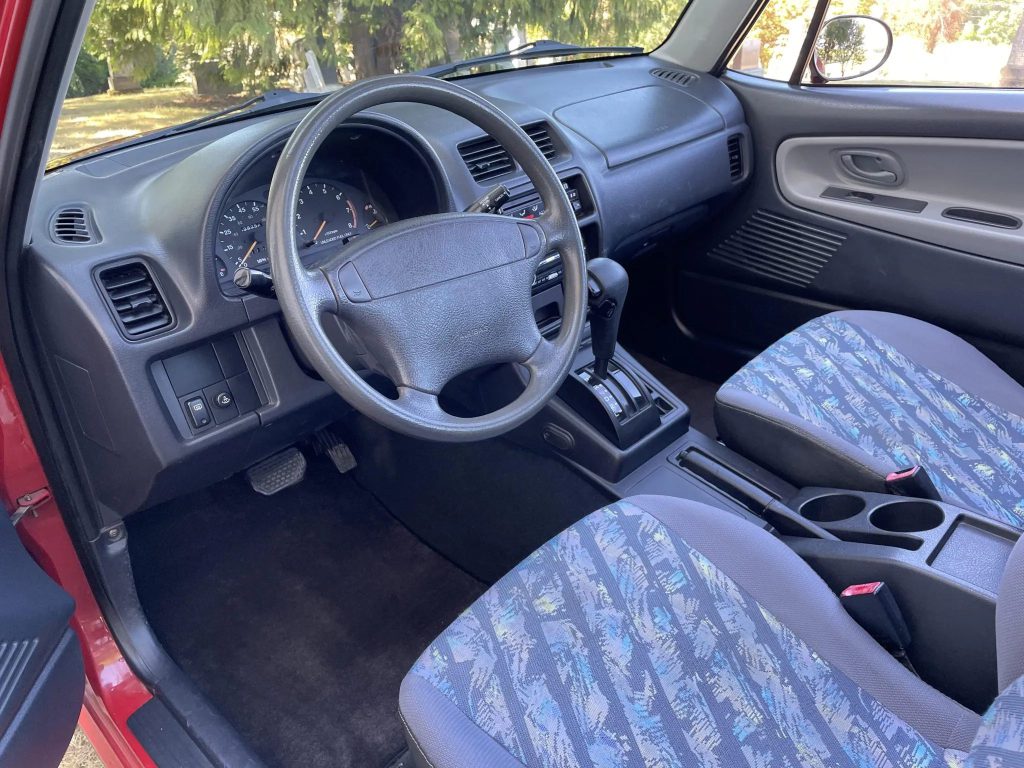
Powered by a 1.6-liter four-cylinder making roughly 97 horsepower, the X-90 offered genuine 4WD capability but virtually no cargo space and seating for exactly two people who really, really liked each other. With approximately 1,400 units sold in the US between 1995 and 1997, finding one today is like spotting a unicorn—if unicorns were slightly embarrassing and had questionable resale value.
9. Merkur Scorpio (Exterior)
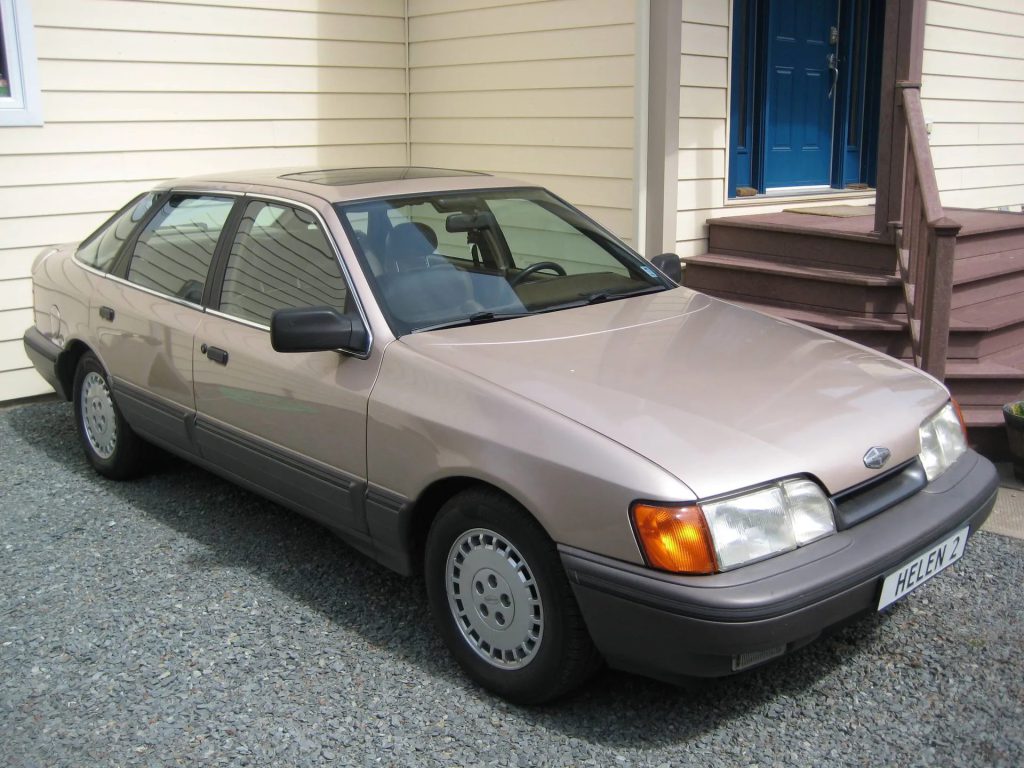
Ford’s luxury experiment that nobody asked for and even fewer understood.
Ford’s Merkur sub-brand lasted about as long as a TikTok dance trend, and the Scorpio was its swan song. This rebadged European Ford Granada was meant to challenge BMW and Mercedes in the luxury sedan market, which sounds impressive until someone mentions the price tag and complete lack of brand recognition. Imagine trying to explain to your neighbors why your “Ford” cost more than their Lexus.
Merkur Scorpio (Interior)
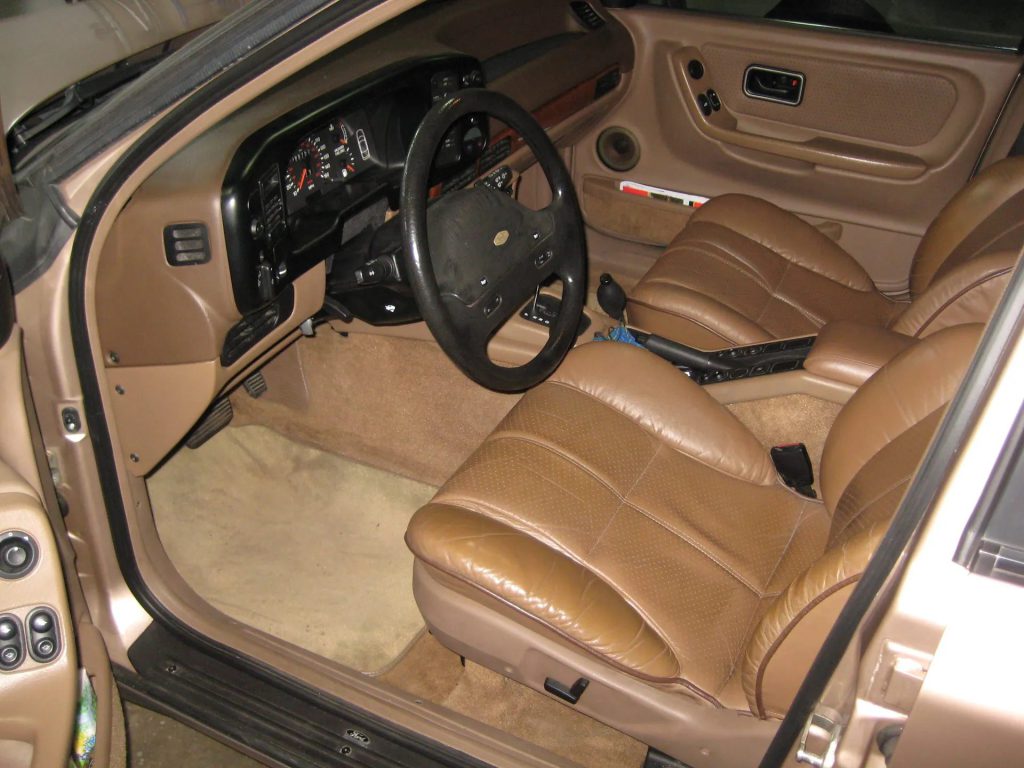
The Scorpio packed European luxury features and unpredictable electronics that kept owners on their toes—and their mechanic’s speed dial. With under 22,000 units sold during its brief US run through 1990, the Scorpio vanished from American roads faster than free samples at Costco. Those brave enough to own one discovered that explaining what a “Merkur” was became a full-time hobby.
8. GMC Typhoon (Exterior)
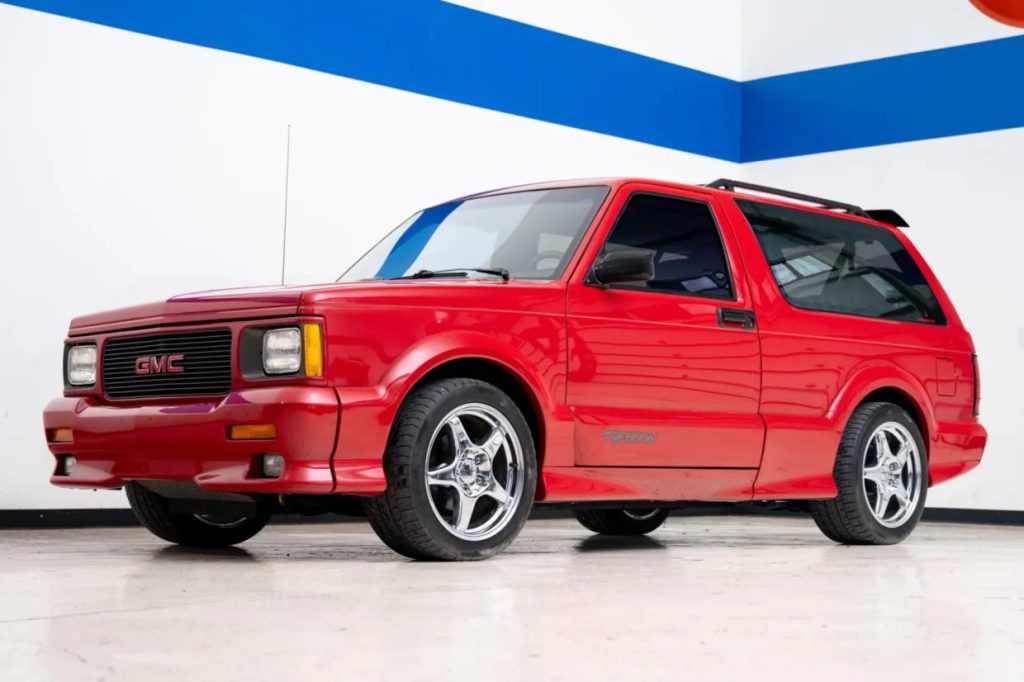
The SUV that could outrun your sports car and your expectations.
The Typhoon represents what happens when engineers get caffeinated and someone forgets to mention the word “practical.” This turbocharged, all-wheel-drive compact SUV could accelerate from zero to sixty in 5.3 seconds, embarrassing Corvettes and confusing soccer moms in equal measure. Built on the compact Jimmy platform but stuffed with a turbocharged 4.3-liter V6 producing 280 horsepower, the Typhoon was essentially a drag strip refugee disguised as family transport.
GMC Typhoon (Interior)
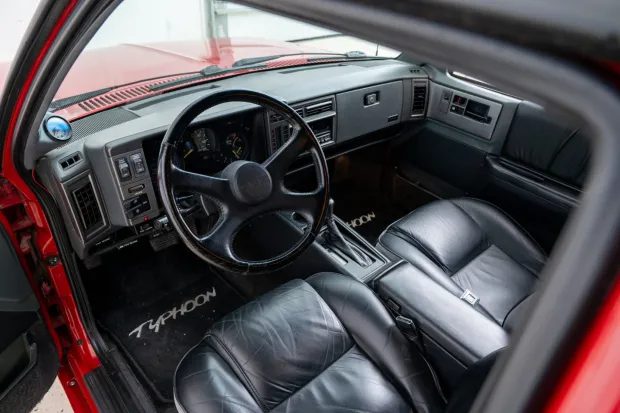
GMC produced approximately 4,500 Typhoons in 1992, most finished in menacing black paint that suggested this wasn’t your typical grocery-getter. The vehicle combined practical SUV utility with performance that left sports car owners questioning their life choices. Today, clean examples command serious collector money, proving that sometimes the automotive world does reward the genuinely insane.
7. Mosler Consulier GTP (Exterior)
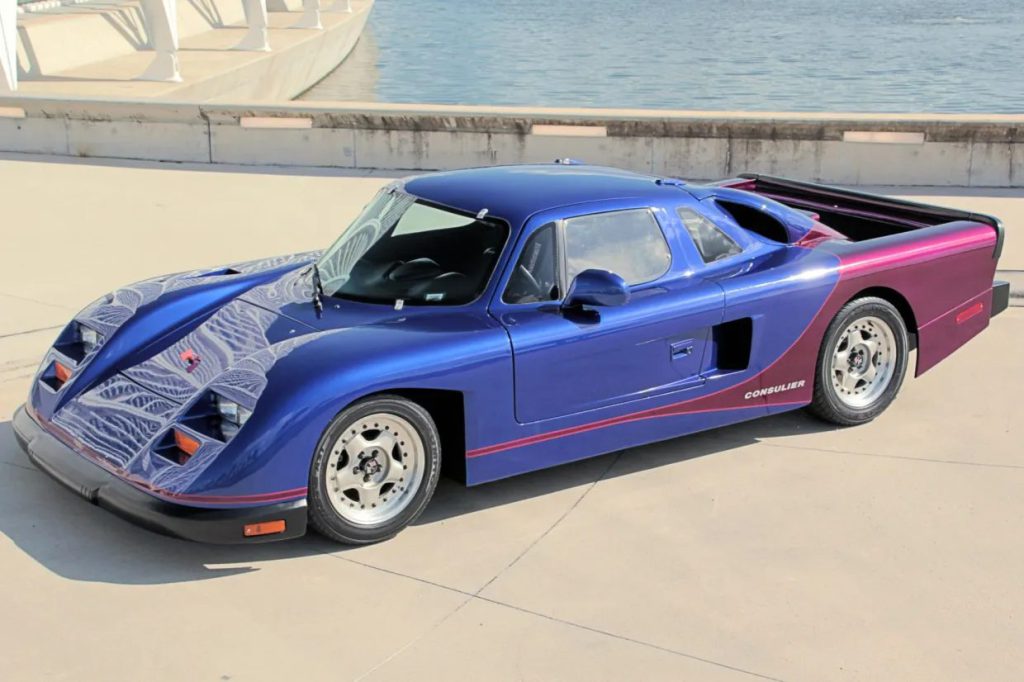
The track weapon that was too successful for its own good.
Warren Mosler’s Consulier GTP looked like it was designed by someone who’d seen a Lamborghini through a kaleidoscope and decided to improve it with spare parts from a Chrysler dealership. This mid-engine exotic used a turbocharged 2.2-liter Chrysler engine in a lightweight Kevlar and fiberglass body, creating a vehicle that dominated racetracks so thoroughly that several racing series banned it for being unfairly quick.
Mosler Consulier GTP (Interior)
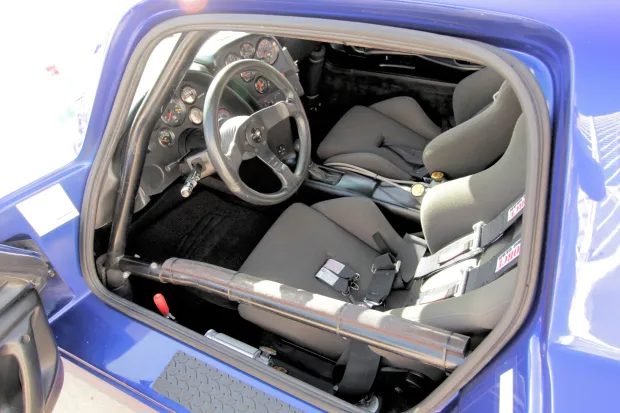
Approximately 100 units were built between 1988 and 1993, each one representing Mosler’s belief that American ingenuity could out-engineer Italian exotica at a fraction of the cost. The GTP proved this theory correct on track but struggled to find buyers who appreciated its unconventional approach to supercar philosophy. Those who understood what Mosler achieved recognize the GTP as one of America’s most underrated automotive achievements.
6. Vector M12 (Exterior)
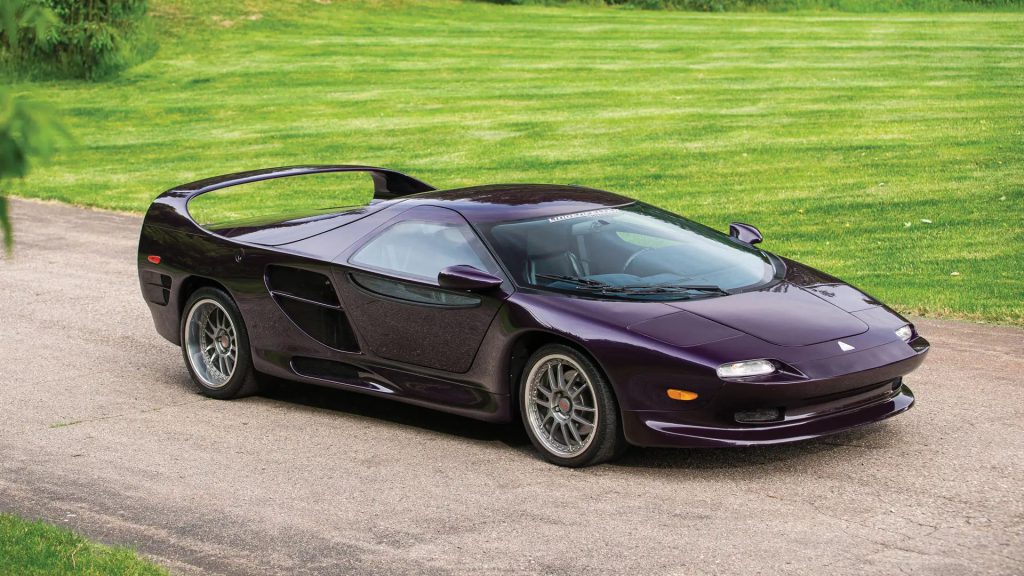
The American supercar dream that became a cautionary tale.
The Vector M12 story reads like a Hollywood screenplay about automotive ambition gone wrong. This wedge-shaped supercar combined American swagger with Lamborghini mechanicals, featuring a Diablo-sourced V12 engine wrapped in Vector’s distinctive angular bodywork. On paper, it promised to deliver American supercar credibility; in reality, it delivered approximately 14 examples before catastrophic ownership changes and quality issues killed the project.
Vector M12 (Interior)
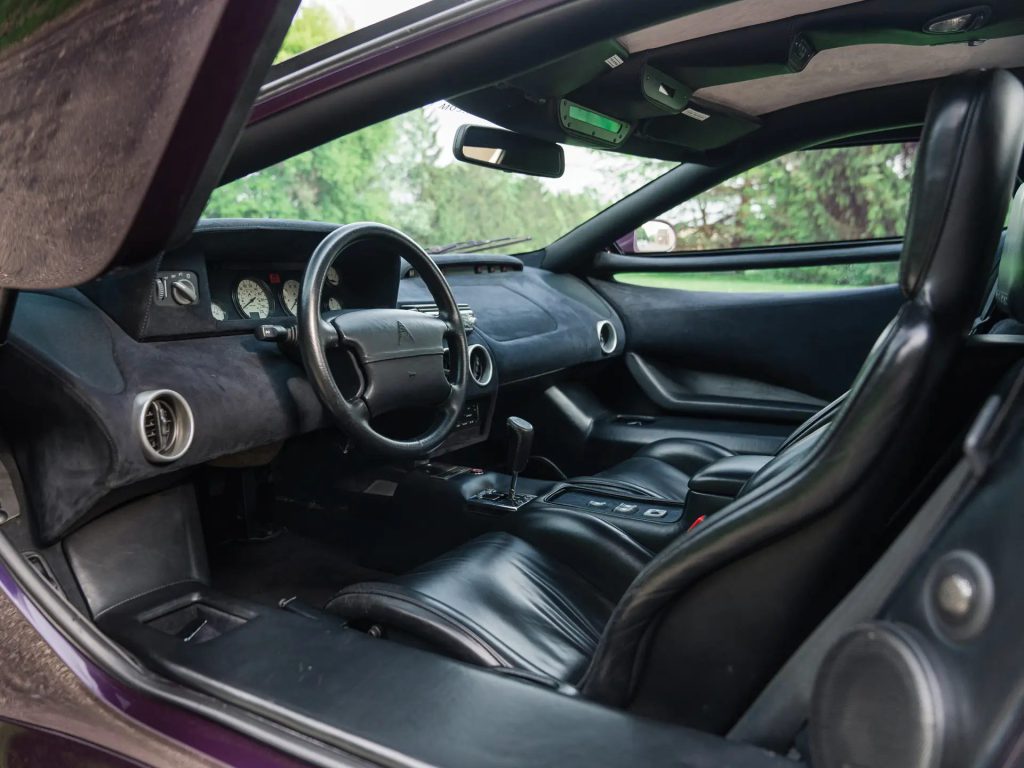
Built under Indonesian ownership through the troubled Megatech corporation, the M12 suffered from build quality problems that made Italian exotics seem reliable by comparison. The few completed examples represent one of automotive history’s greatest “what if” stories—a legitimate American supercar that could have challenged European dominance if execution had matched ambition.
5. Venturi Atlantique
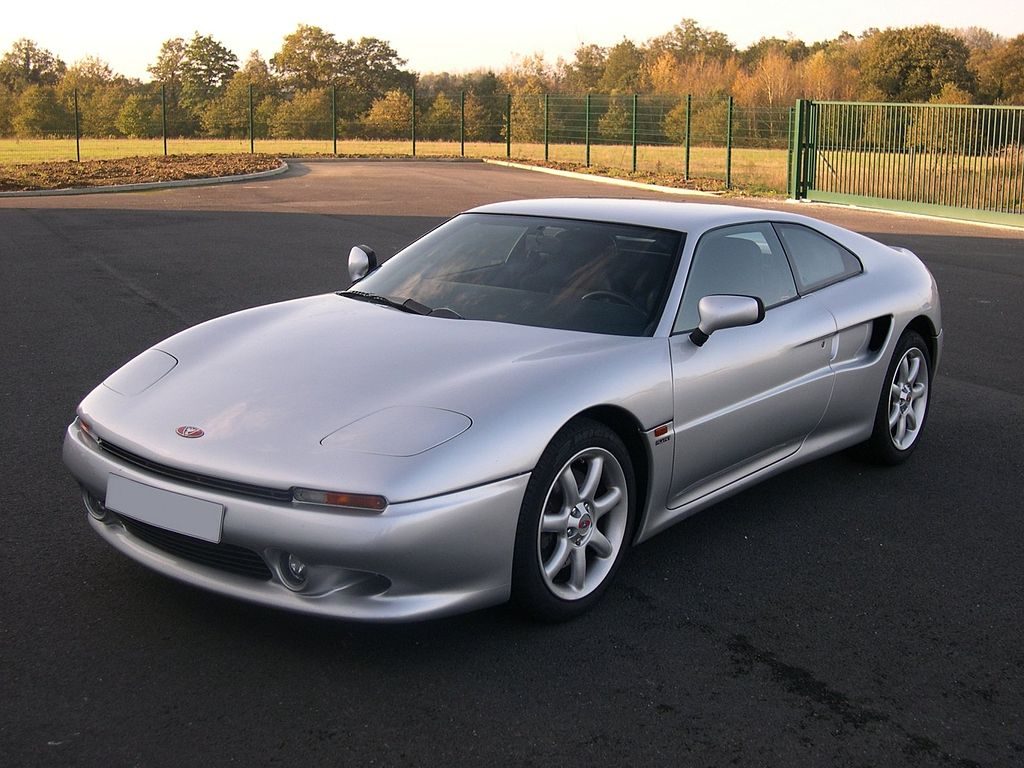
French engineering meets boutique production in ways that confused everyone.
The Atlantique represented France’s attempt to create a mid-engine sports car that could compete with Porsche and Ferrari, which sounds promising until someone mentions Venturi’s production numbers and quality control standards. This hand-built exotic featured advanced chassis engineering and either a PRV turbo V6 or twin-turbo 3.0-liter engine, depending on which version customers could actually obtain.
Venturi produced only a few hundred Atlantique models between 1991 and 2000, with US imports so rare that most Americans have never seen one outside of automotive museums. The company’s financial instability meant that owning an Atlantique required patience, deep pockets, and a philosophical acceptance that parts availability might become an abstract concept.
4. Bitter SC (Exterior)
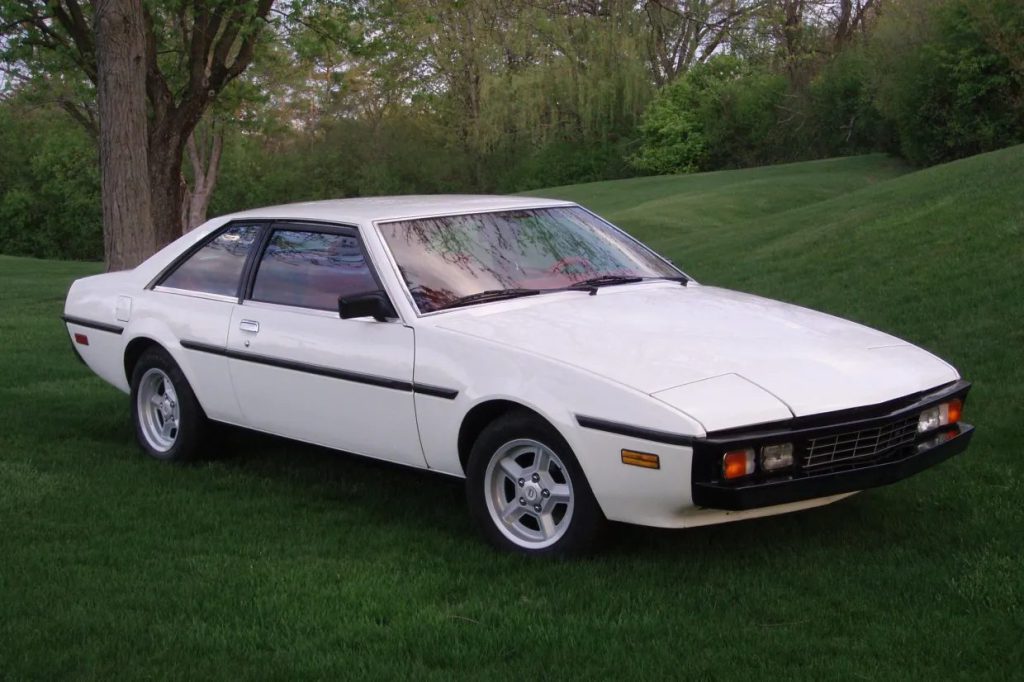
The German grand tourer that redefined automotive exclusivity.
Erich Bitter’s SC represented the ultimate in bespoke German engineering, combining Opel mechanicals with Italian bodywork to create something that looked expensive and actually was. Based on the Opel Senator but clothed in custom coachwork, the SC targeted buyers who found BMW and Mercedes insufficiently exclusive but still wanted something that could navigate the Autobahn.
Bitter SC (Interior)
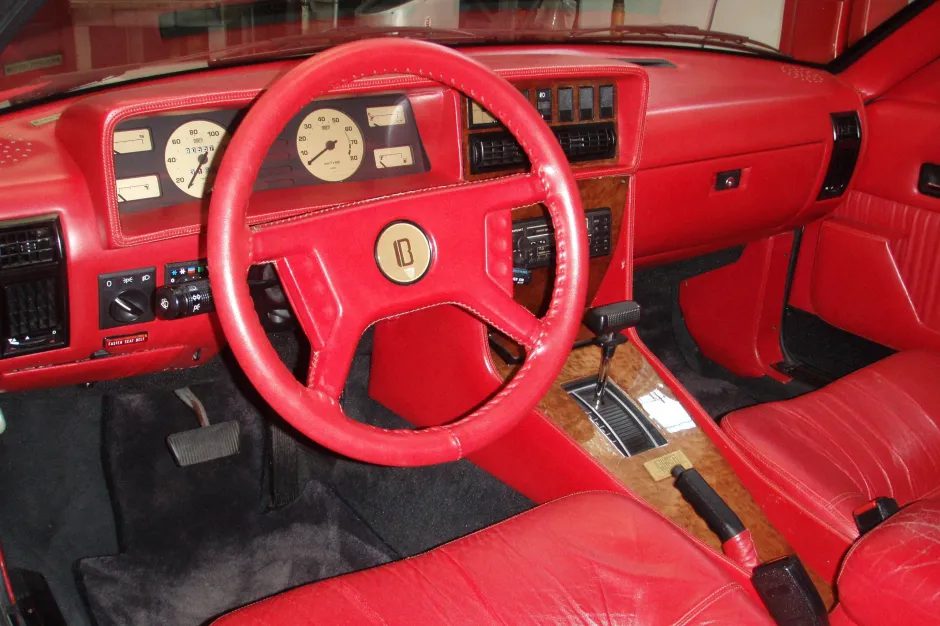
Produced between 1981 and 1993 with total production under 500 units, the SC became essentially a custom-order proposition by the early 1990s. Bitter’s survival as a manufacturer represents one of automotive history’s minor miracles—a tiny company that somehow continues building cars for the handful of customers who appreciate truly individual transportation.
3. Mega Track
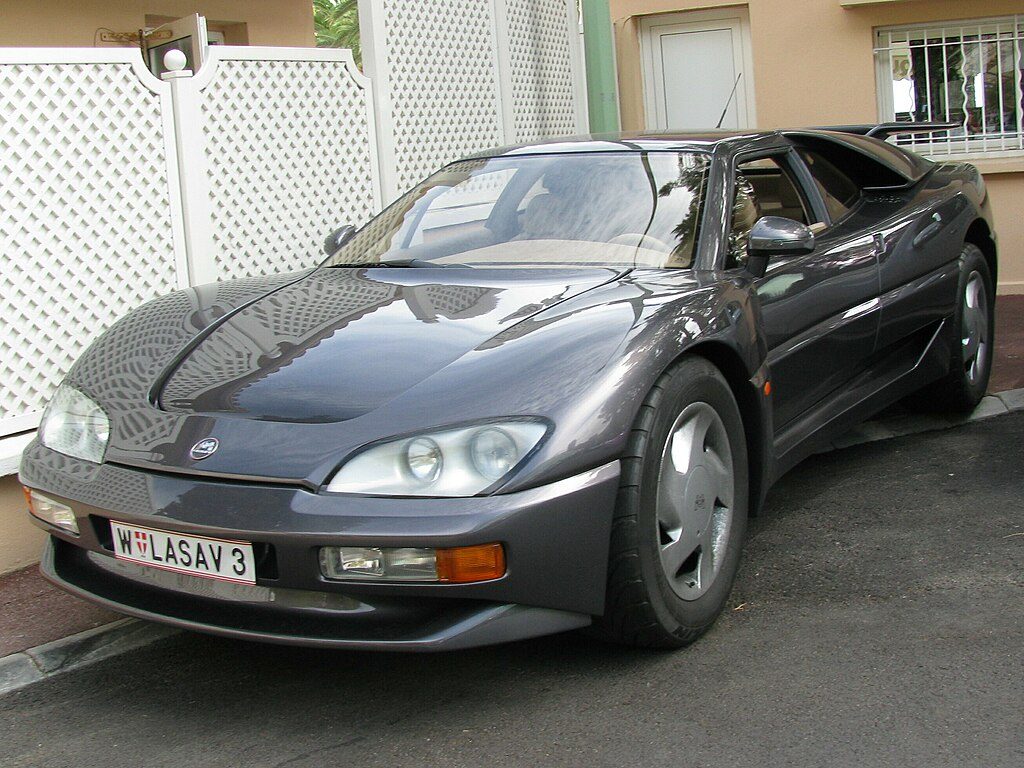
The French supercar that made Lamborghini look practical.
The Mega Track emerged from the same French automotive fever dream that produced the Venturi, but with even more ambitious goals and smaller production numbers. This AWD supercar featured Mercedes V12 power, adjustable ride height for pseudo-off-road capability, and a price tag of approximately $600,000 in 1995—roughly equivalent to a small mansion in most markets.
Aixam-Mega built only five Track models, each one representing the pinnacle of automotive excess during an era when excess was considered a virtue. The Track’s size, complexity, and astronomical cost ensured it would remain a footnote in supercar history, known primarily to collectors who appreciate automotive audacity over commercial success.
2. Yamaha OX99-11
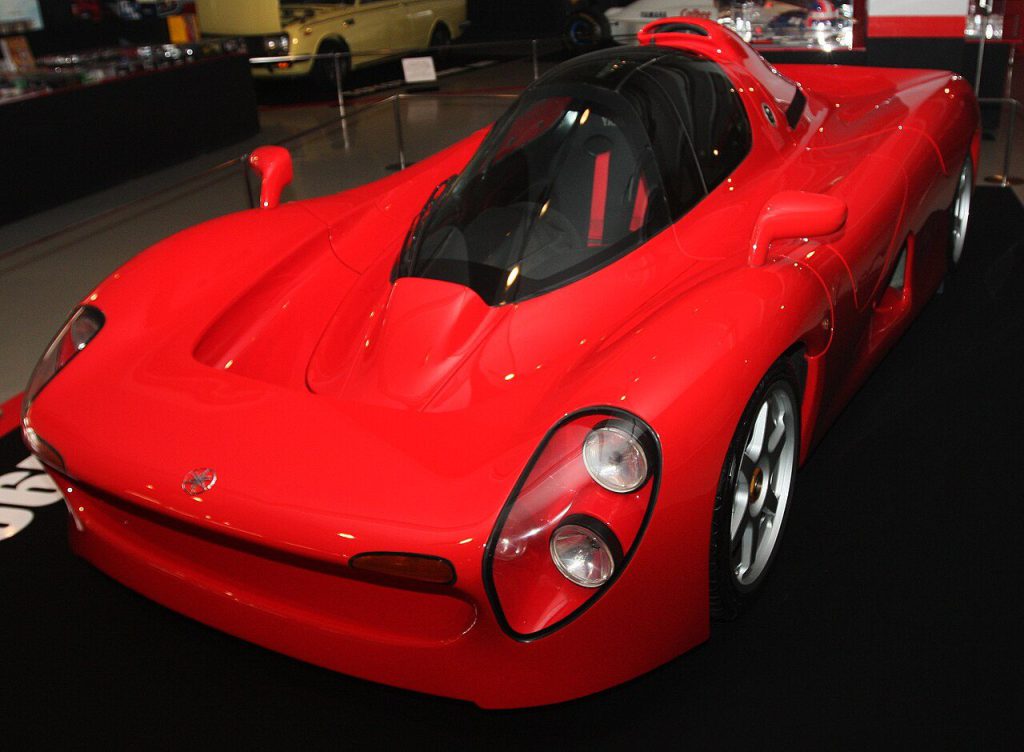
The Formula 1 road car that never quite made it to the road.
Yamaha’s OX99-11 represents what happens when motorcycle manufacturers decide to build supercars using Formula 1 technology. This ultra-rare prototype featured a Yamaha-developed 3.5-liter V12 engine and styling that suggested its designers had been heavily influenced by contemporary F1 aesthetics and possibly strong coffee.
Only three examples were built before Japan’s economic bubble burst, taking the OX99-11 project with it. The surviving prototypes reside in Yamaha’s private collection, occasionally appearing at special events where they remind enthusiasts of Japan’s peak automotive confidence during the early 1990s bubble economy.
1. Cizeta-Moroder V16T (Exterior)
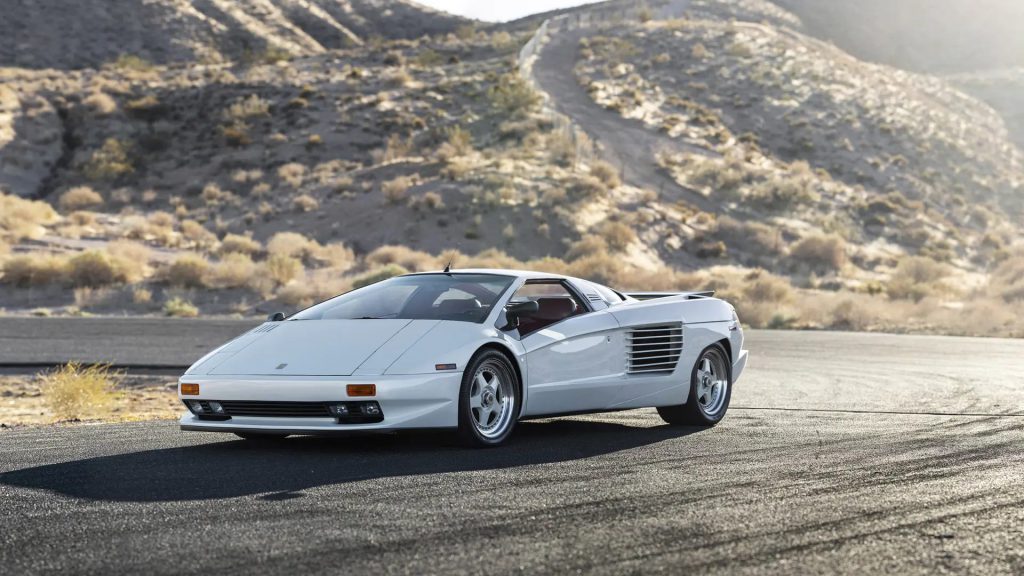
The Italian supercar with twice the cylinders and half the success.
The Cizeta-Moroder V16T promised to revolutionize supercars through the simple expedient of using twice as many cylinders as anyone else. This transverse-mounted V16 engine was essentially two Lamborghini V8s joined together, creating a powerplant that was both technically fascinating and commercially suicidal.
Cizeta-Moroder V16T (Interior)
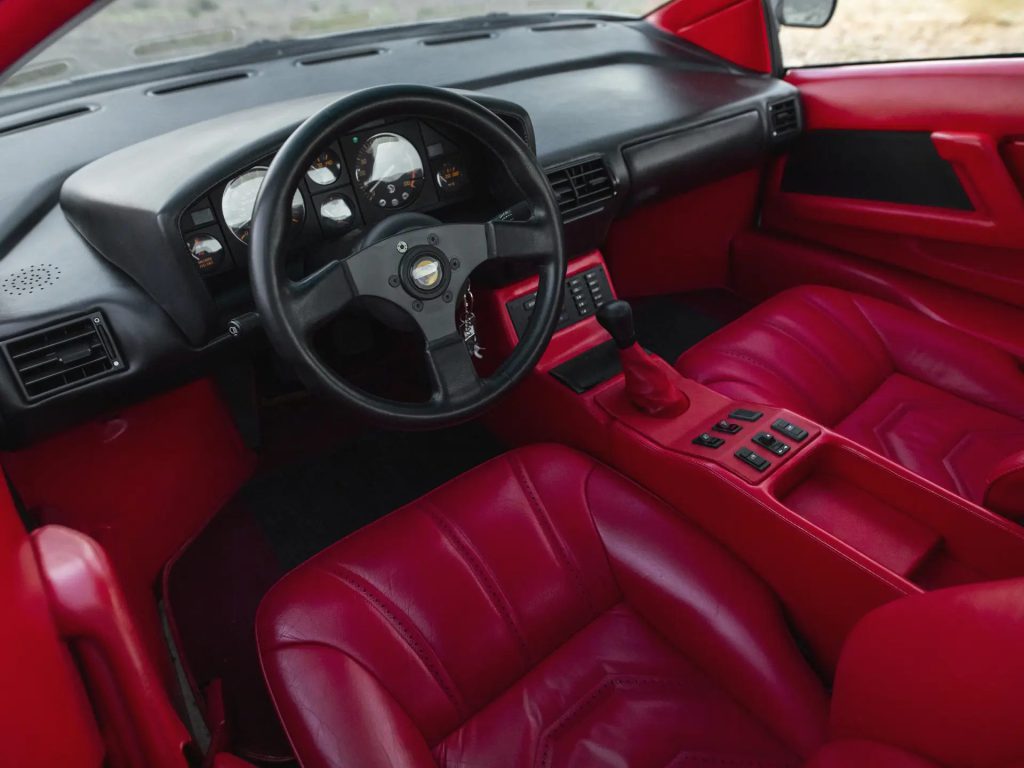
Designed by former Lamborghini talent, the V16T featured extreme wedge styling and performance figures that impressed automotive journalists but failed to attract sufficient buyers. Fewer than 20 examples were completed before the project collapsed, leaving surviving cars as collector unicorns that most enthusiasts recognize only from period magazine articles and automotive trivia contests.












